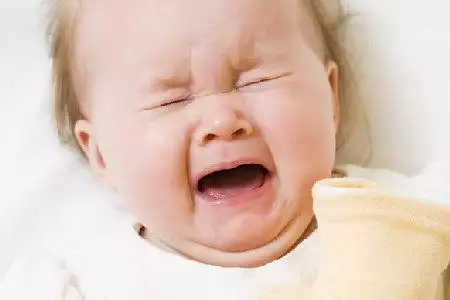Neuromuscular diseases refer to all disease entities in which there is structural or functional damage to the components that make up the motor unit.
The damage results in muscle weakness, flaccidity, impaired or abolished reflexes.
The main problems of patients with neuromuscular diseases are not only related to impaired movement, but also to eating, swallowing and breathing.
These diseases can be acquired or congenital and can be divided into three different groups:
- myopathies, i.e. the pathology affects the muscles themselves
- muscular atrophy of spinal origin
- muscle weakness due to damage to peripheral nerves following toxic, infectious, allergic or vitamin deficiencies
Movement disorders
As a result of damage to the motor unit, changes occur in the form of weakened muscle strength with atrophy and flaccidity. Numerous contractures appear, posture and gait change.
As the disease progresses, there is a significant or complete limitation of motor function.
In the most severe forms, patients are unable to walk, have to use a wheelchair or stay in bed and are unable to perform the simplest tasks on their own.

photo ojoimages
To best preserve motor function, appropriate physiotherapy is recommended to:
- maintaining or improving muscle strength
- maintaining correct posture
- prolonging locomotor function
- preventing contractures and joint deformities
- improvement of locomotor functions through selection of appropriate orthopaedic equipment
Respiratory disorders
Respiratory insufficiency accompanies most neuromuscular diseases, most often during the advanced stage of the disease. It arises as a result of weakened respiratory muscles and progressive scoliosis and thoracic deformity, which further disrupt respiratory mechanics and lead to the exclusion of entire lung segments from participation in the ventilation process.









